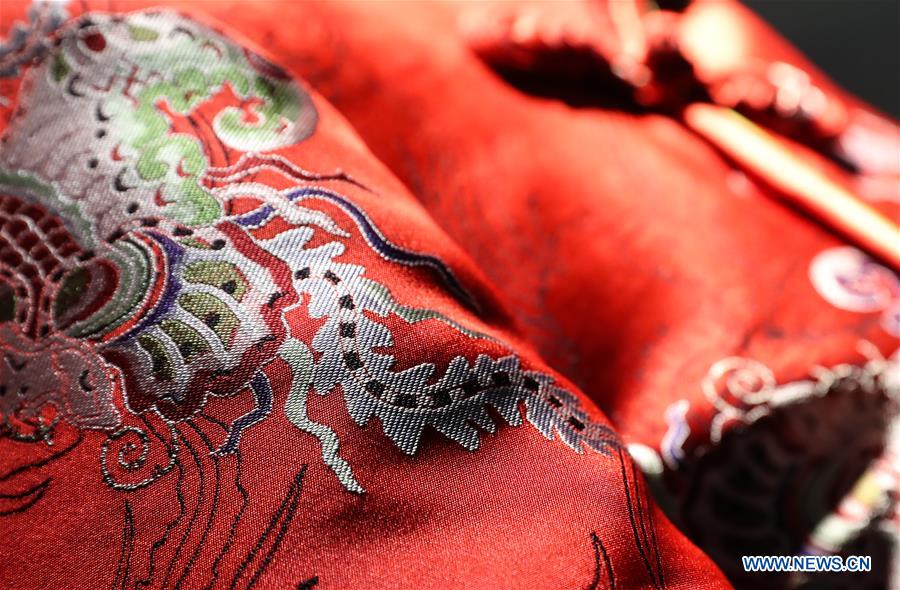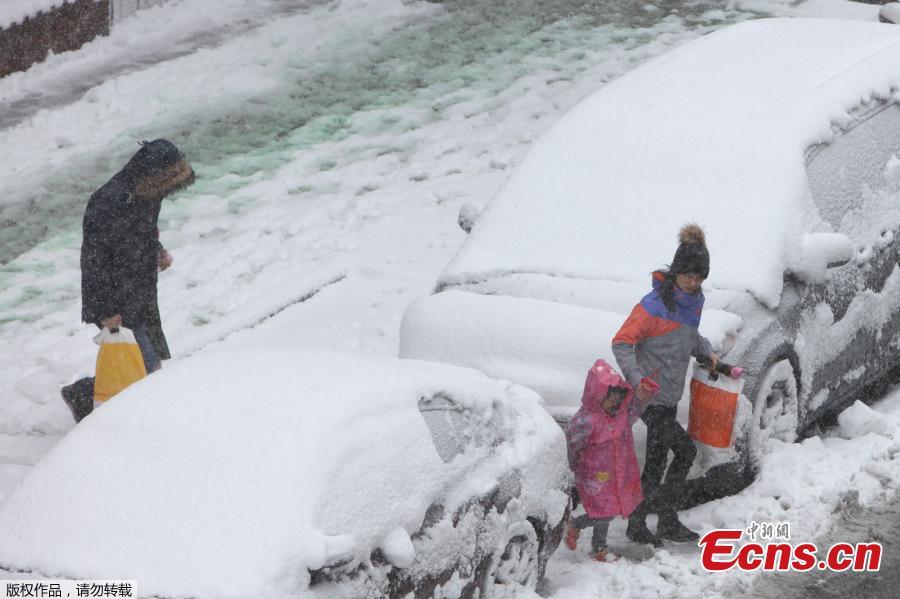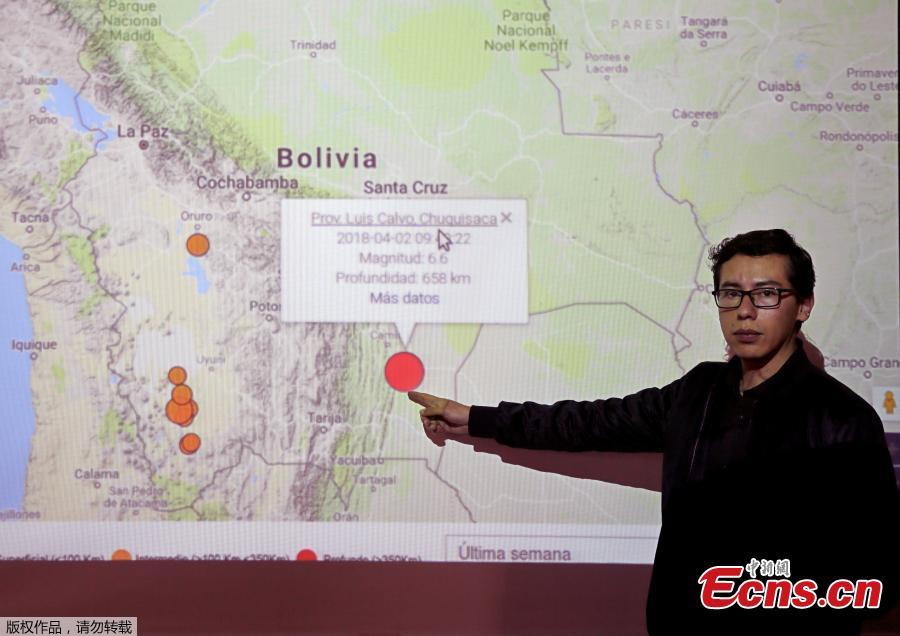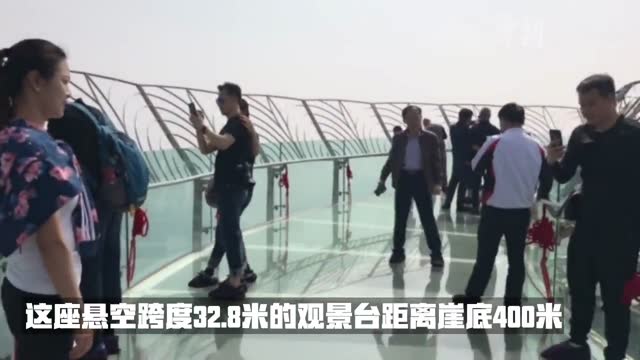Archeologists found 30,000 items from the Ming Dynasty (1368-1644) under the Minjing River in Pengshan, Sichuan Province, according a press conference held in the county on Tuesday for the conclusion of the year long research in the field.
“This is rare to see in the world in terms of the items’ number, categories, and historical value,” said Liu Zhiyan, the director of local archeology research institute. “Items exhibited today are actually a very small part of the treasure we collected.”
Nearly a thousand of these items directly indicate that during the Daxi Dynasty, Chinese peasant Zhang Xianzhong actually existed once before.
Zhang Xianzhong, the peasant leader, and his regime was defeated by the Ming Dynasty after he attempted to transfer all his treasures to escape confiscation. He ordered 1,000 boats loaded with money and valuable items, riding them southward and sunk them in the water on the way due to a skirmish.
Before the discovery unveiled, the story remained a rumor without any real hint.
In the exhibition on Tuesday, a large part of the collection were golden ingot and jewelries, as well as bronze coins and iron weapons. There were only three coins from the same period preserved in China, before hundreds of coins were found from that time.
These coins are confirmed to be given by the emperor as trophies to strong warriors.
This year, the main job is to clean and preserve found items. Pengshan County has scheduled a construction work of a local museum in next two years.
Archeologists will focus mainly on cleaning and preserving found items in the next few months. Pengshan County has also been planning a new local museum which expected to be completed in two years.
The archaeological team will restart their research until the end of November, when the low-tide season arrives.



















































